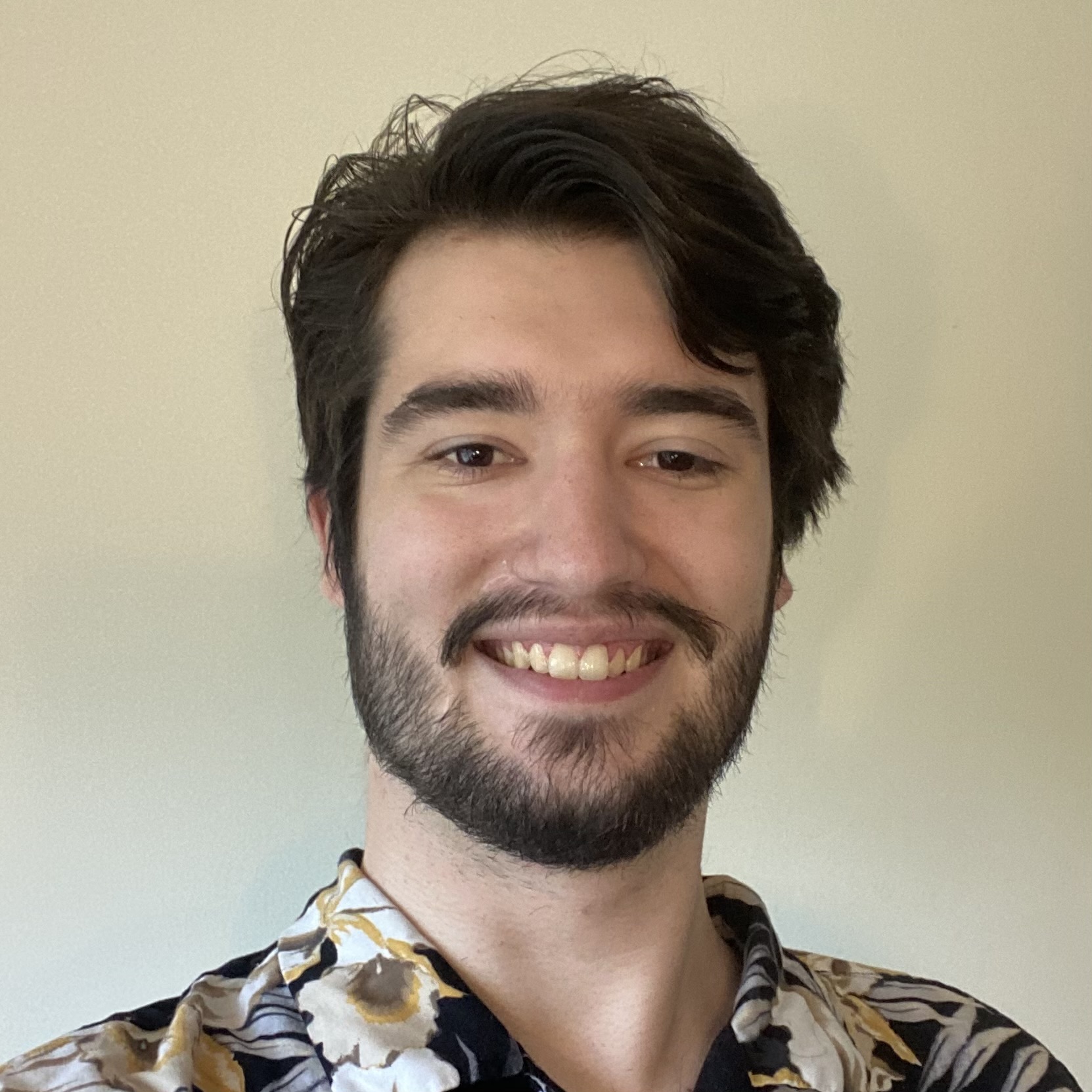The Circle Optics lens design project is an internally driven design study that aims to iterate on the Hydra 360° camera. Our efforts have focused on reducing weight, manufacturing time, and cost by implementing optical grade polymers into the design.
NDA Restrictions
This project was conducted under a NDA. Current IP filings are underway. What is being shown here has been cleared by Circle Optics
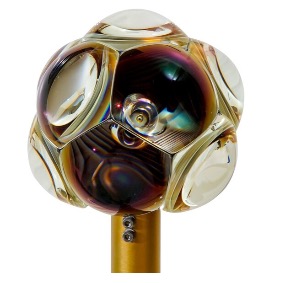
Who We Are
Vision
Our design is a tessellated, parallax-reduced, cinema camera system capable of imaging 4π sr with applications in 360° cinema/VR markets. We will improve on a prototype design focusing on minimizing size, weight, and volume. We will then individually redesign the system to the new set of specifications. Our main goals are to transition a number of elements to optical grade polymers and to lighten the mass (reduce elements, move center of mass, change materials). At the end of the project, we will deliver a final design complete with a performance, weight, environment, tolerance, and stray light analysis. We will also compare our design 1-to-1 with Circle Optic’s design. A final report detailing design insights, specifications, and optical layout will be delivered to Circle Optics.
Purpose
The intent of having a senior design group work on this project is to have additional evaluations of the design space that Circle Optics has discovered. We were able to bring new ideas and design methodologies to the project which allowed us to find a new design form.
Background
Parallax is a difference in the viewed position of an object between two or more viewing angles or positions. In conventional stereoscopic and other multi-camera systems parallax creates imaging errors when the seperate camera fields are stitched together. These errors are non-trival, and require a large amount of processing time to remove. This means that a minute of 360 degree video can take several hours to render, depending on the cameras used. The Circle Optics camera reduces parallax by only allowing small overlaps in field on each camera in the tesselated system. The tesselated camera system allows 360 degree video to be filmed and produced in real time.
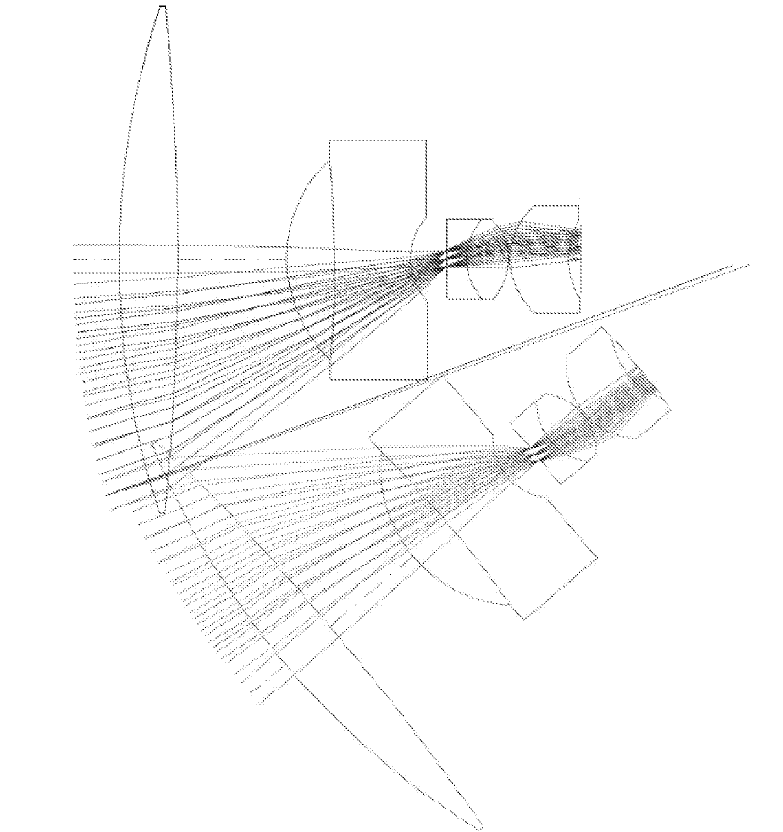
In order for the camera to fit together well, there are tight packaging constraints on each subassembly. These constraints are a major part of the design form and process.

The design team researched commonly available optical polymers and other specialized optical materials outside of the standard glass catalog for this project. We identified a set of materials that could be used for the polymer elements in the camera, and created a custom “glass” catalog in CodeV to assist with optimization.
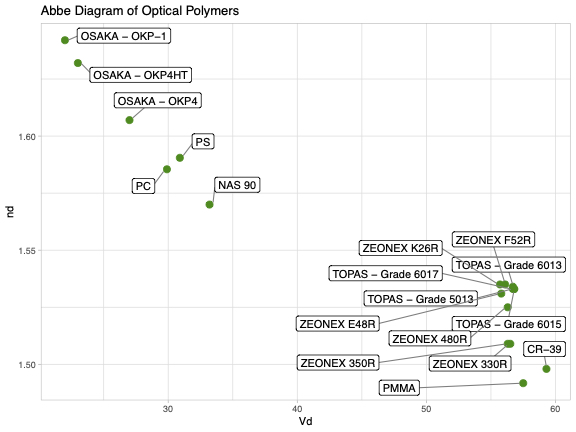
Specifications
| Specification | Unit | Value |
|---|---|---|
| Half field of view | ° | 37.38 |
| Wavelength | nm | 420-680 |
| f/# | a.u. | 2.8 |
| As-built MTF across all fields @ 72lp/mm | % | >40 |
| Relative Illumination | % | >70 |
| Telecentricity | ° | <3 |
| Lateral Color | micron | <9.75 |
| Total Track | mm | <125 |
| Front Element Diameter | mm | <130 |
| Vignetting | a.u. | None |
| Parallax at Image Edge | Pixels | <5 |
Interim Design Images
Final design images could not be released due to NDA agreements with Circle Optics. The interim design images below have been cleared for release.



Final Design Performance
Although we are not able to share the final design layout, we are allowed to share our final nominal performance.
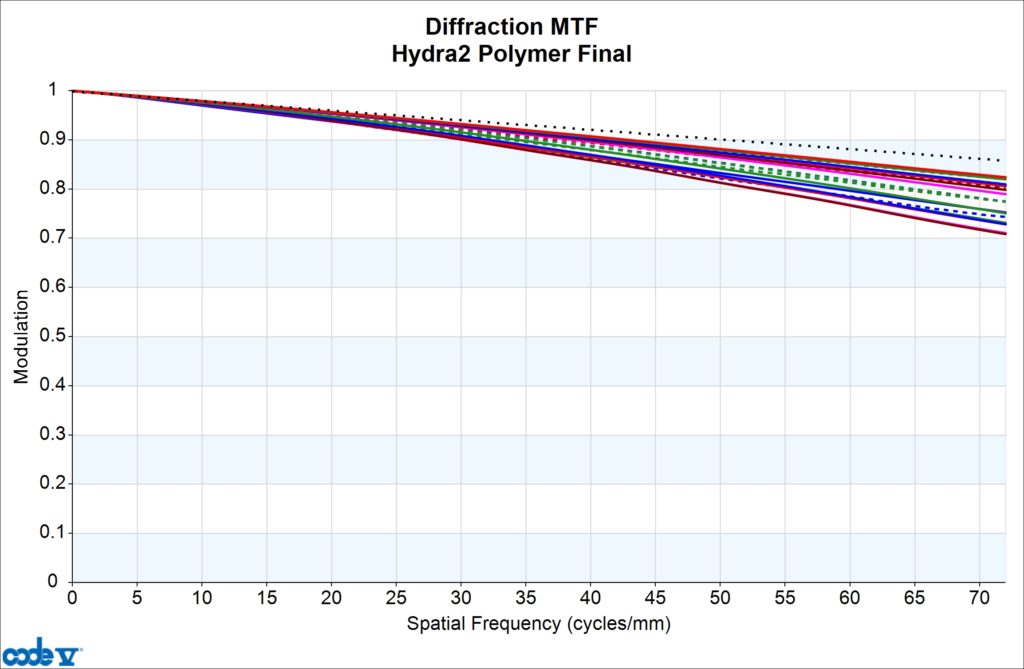
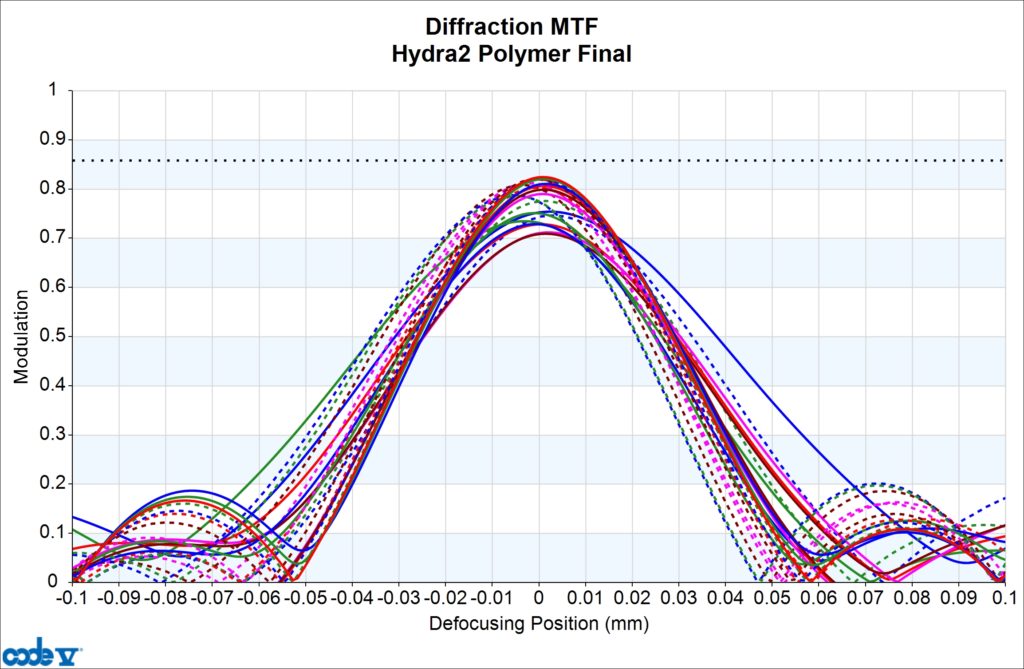


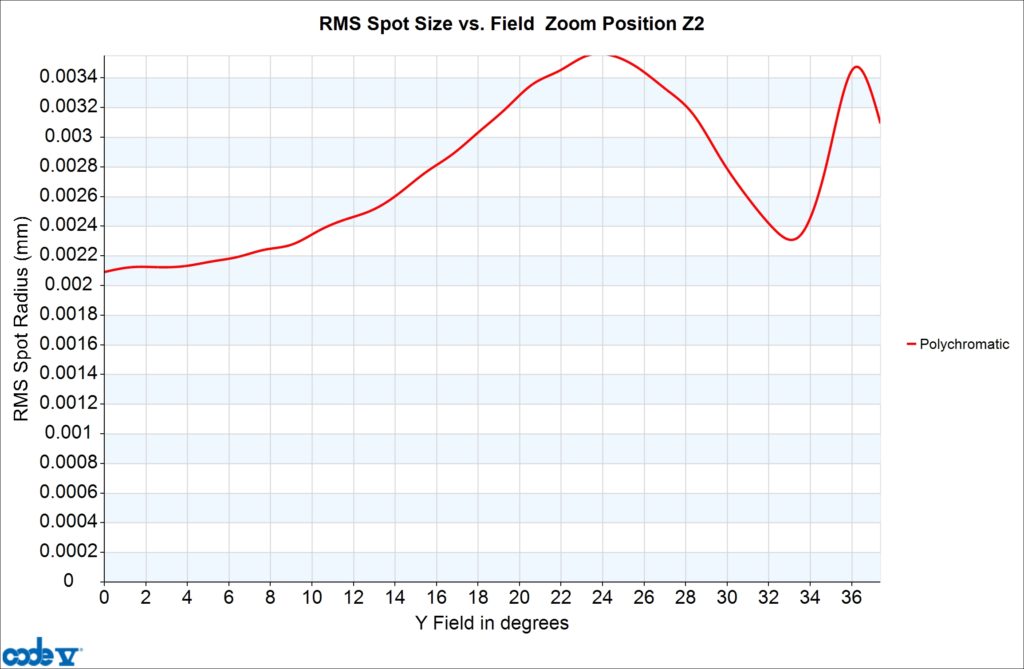
Conclusions
We were able to produce a fully fleshed out design that meets the major specifications and includes a preliminary tolerancing and stray light analysis. With this report, Circle Optics has all of the design team findings and specific insights gathered through this design process. We were able to identify the boundries and advantages of the new polymer/glass hybrid design space.
Acknowledgments
Our team would like to thank Circle Optics, in particular Andy Kurtz and John Bowron, for working so closely with us and lending us their knowledge and experiance over the last year. We also thank Julie Bentley for teaching us everything we know about lens design, and for putting up with us for the last two years.


